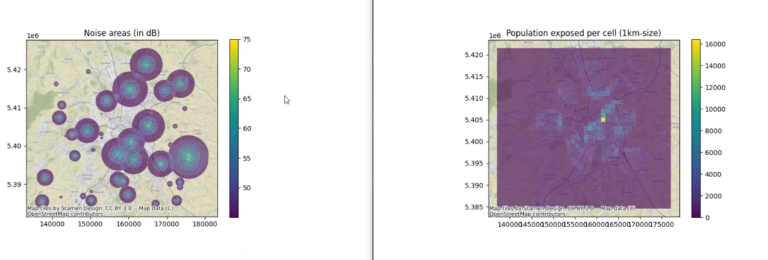Newsletter 1
launch of white paper series
The first White Paper presents the results of a social acceptance survey that was conducted in late 2020 and early 2021. The feedback from this survey is of great importance in order to gain a better understanding of the public perception of drone operations. As the emergence of high-density operations in low-level airspace challenges traditional notions of safety, noise, and privacy, DACUS aims to incorporate society’s concerns and safety considerations into the distribution of drone traffic. In particular, the extent to which concerns could slow down the introduction of high number of drone operations over urban areas.
The survey results revealed a slightly positive attitude towards drone operations and recognized the benefits in having services provided by drones in their everyday life. However, there is a considerable percentage of persons that feel disturbed by noise emissions and do not feel comfortable in the vicinity of a drone operations, mostly due to safety and privacy considerations.
The series of White Papers is available on our dacus website and others are to come! https://dacus-research.eu/reports-and-downloads/

A novel model for examining the social impact of drone operations
The Social Impact Model was developed with the objective to integrate social influence factors into future drone demand and capacity balancing processes. Thus, the model provides metrics to measure noise and visual impact in urban areas.
Based on population distribution in urban areas, the model can derive areas of concern or hotspots where noise emissions or visual pollution thresholds are exceeded. With this information, measures like re-organizing or re-distributing
the traffic could be carried out.
For the initial testing of the model, the city of Toulouse (France) has been used to map noise areas and identify the population exposed. In the next steps of the project, this model will be tested in further urban environments and under future scenarios.
